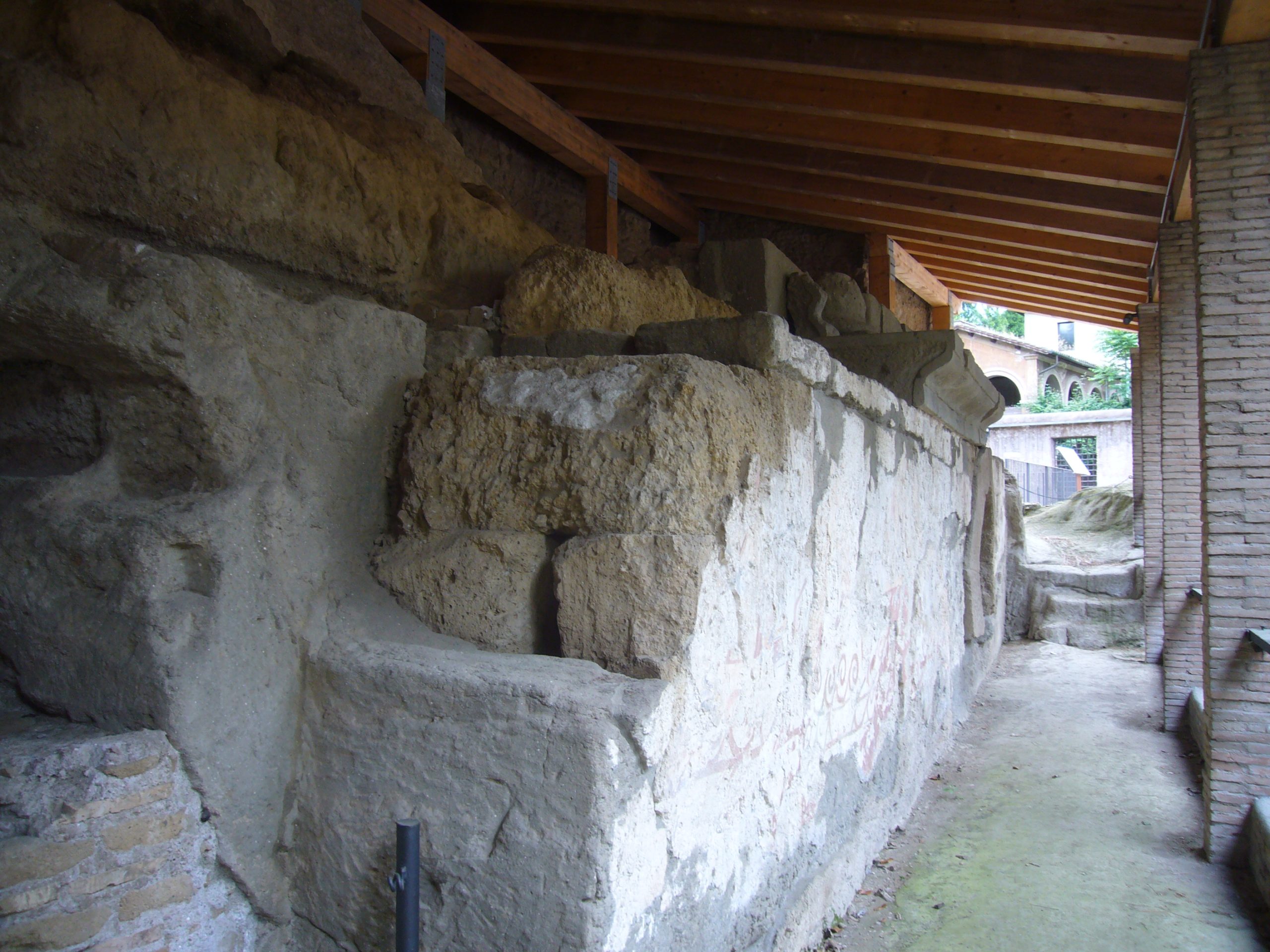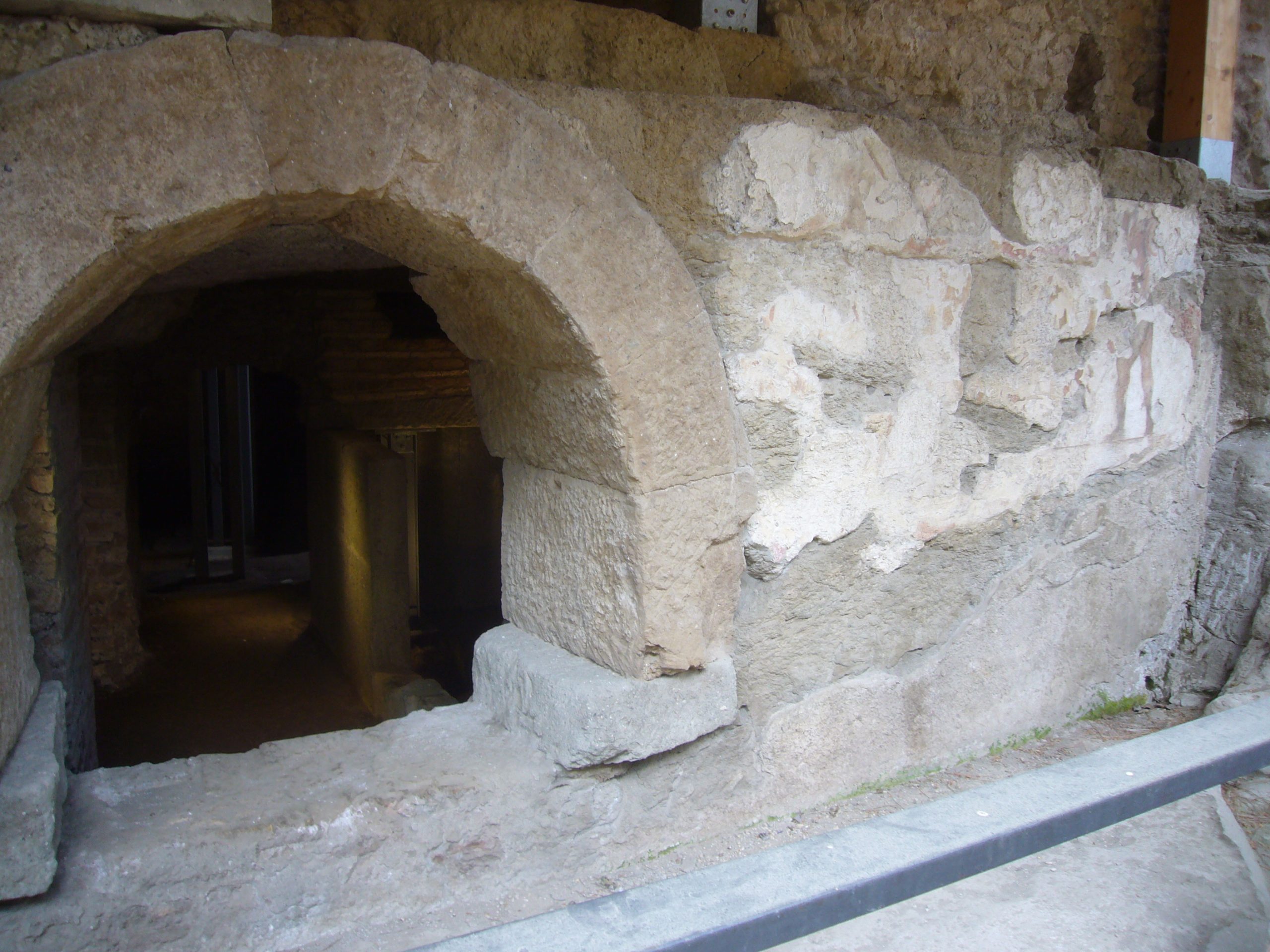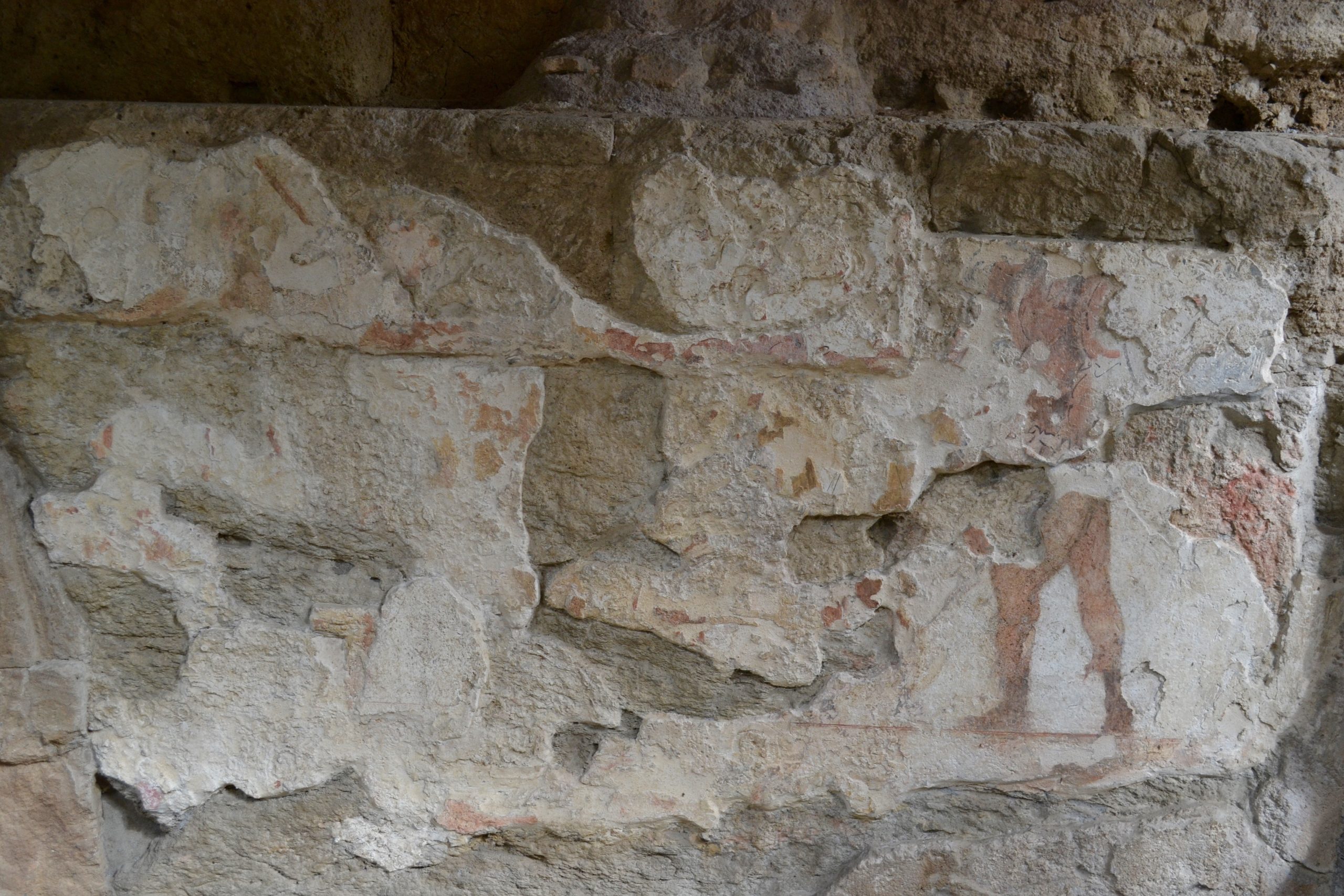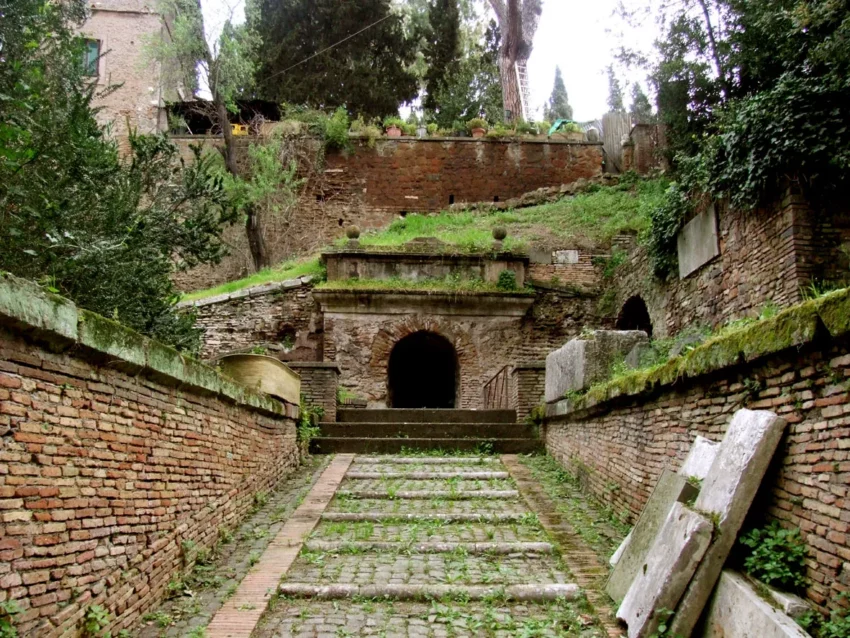The Tomb of the Scipios, located in Rome, is an ancient burial ground that dates back to the 3rd century BC. It served as the final resting place for members of the Scipio family, one of the most prominent families in the Roman Republic. The tomb gained fame due to its association with Scipio Africanus, the celebrated Roman general who defeated Hannibal in the Second Punic War. Despite his fame, Africanus was not buried here, but the tomb still holds the remains of other significant members of the Scipio family. Over time, the site fell into disrepair and was rediscovered in the 17th century, providing valuable insights into Roman funerary practices and the Scipio family’s history.
Get your dose of History via Email
Historical Background of the Tomb of the Scipios
The Tomb of the Scipios was unearthed in 1780 by road workers. Pietro Francesco Gai, an antiquarian, conducted the initial exploration. The Scipio family, who built the tomb, were a dominant force in Roman politics and military affairs. They played pivotal roles in shaping the Roman Republic’s destiny. The tomb housed several generations of the Scipio family, although Scipio Africanus chose to be buried at his estate in Liternum.
Constructed in the early 3rd century BC, the tomb is an example of early Roman stone architecture. It was a subterranean burial chamber, typical of Roman nobility of the time. The tomb’s occupants included Lucius Cornelius Scipio Barbatus, a consul and the first notable Scipio to be interred there. Over the centuries, the tomb expanded to accommodate more family members.
Despite its significance, the tomb was abandoned by the end of the 3rd century AD. It fell into obscurity and was eventually covered by earth and debris. The rediscovery in the 18th century sparked interest in the Scipio family and Roman funerary customs. The tomb’s artifacts, including sarcophagi and inscriptions, were removed and are now housed in various museums, including the Vatican Museums.
The site of the tomb was not just a burial ground. It also became a symbol of the Scipio family’s legacy and the virtues of the Roman Republic. The inscriptions found within the tomb provide valuable information about the family members, their achievements, and the Latin language of the period. The tomb’s discovery and subsequent studies have contributed significantly to our understanding of Roman history and culture.

Today, the Tomb of the Scipios is an archaeological site that continues to be studied. While it no longer contains the original sarcophagi and inscriptions, the structure itself offers a glimpse into the past. The site is a testament to the enduring legacy of the Scipio family and their impact on Roman society.
About the Tomb of the Scipios
The Tomb of the Scipios is an underground burial chamber carved out of tufa rock, a common building material in ancient Rome. The tomb’s design reflects the architectural practices of the time, with a long corridor leading to various burial niches. The niches housed sarcophagi, which were often adorned with inscriptions and sculptures that celebrated the deceased’s life and accomplishments.
The entrance to the tomb was marked by a grand facade, although much of it has been lost to time. Inside, the walls were decorated with frescoes, some of which have survived, providing a rare look at Roman funerary art. The tomb’s layout and decorations were meant to convey the status and wealth of the Scipio family, as well as their adherence to traditional Roman values.

One of the most significant finds within the tomb was the sarcophagus of Lucius Cornelius Scipio Barbatus, known for its detailed inscription and the quality of its craftsmanship. The sarcophagus is a prime example of early Roman stone carving and offers insights into the funerary practices and artistic skills of the period.
Other notable features of the tomb include the use of Latin inscriptions, which have been invaluable in the study of the Latin language. The inscriptions not only commemorate the dead but also provide genealogical information, helping historians piece together the family tree of the Scipios.
Although the original contents of the tomb have been relocated, the site itself remains an important piece of Rome’s archaeological heritage. It stands as a monument to one of Rome’s most influential families and provides a tangible connection to the city’s storied past.

At a glance
- Country: Italy
- Civilization: Roman Republic
- Age: 3rd century BC

